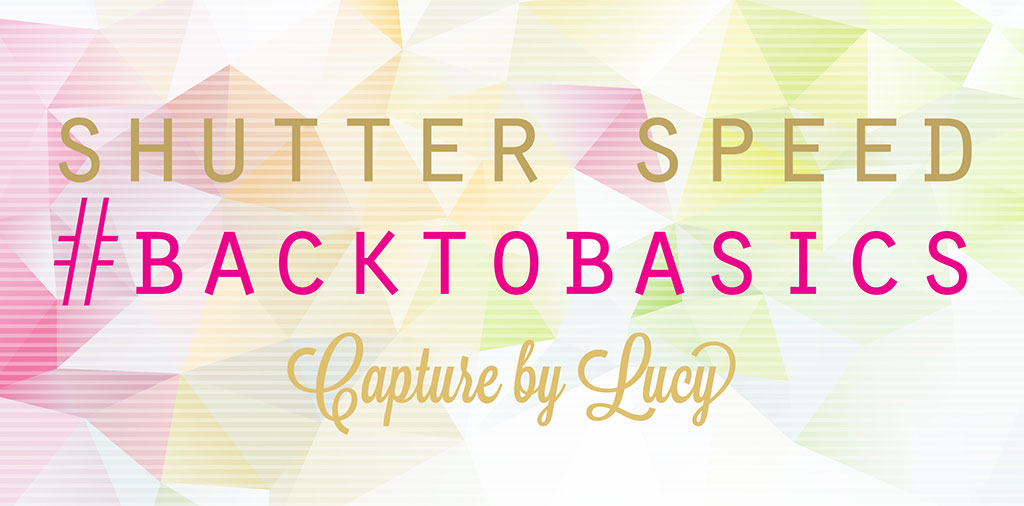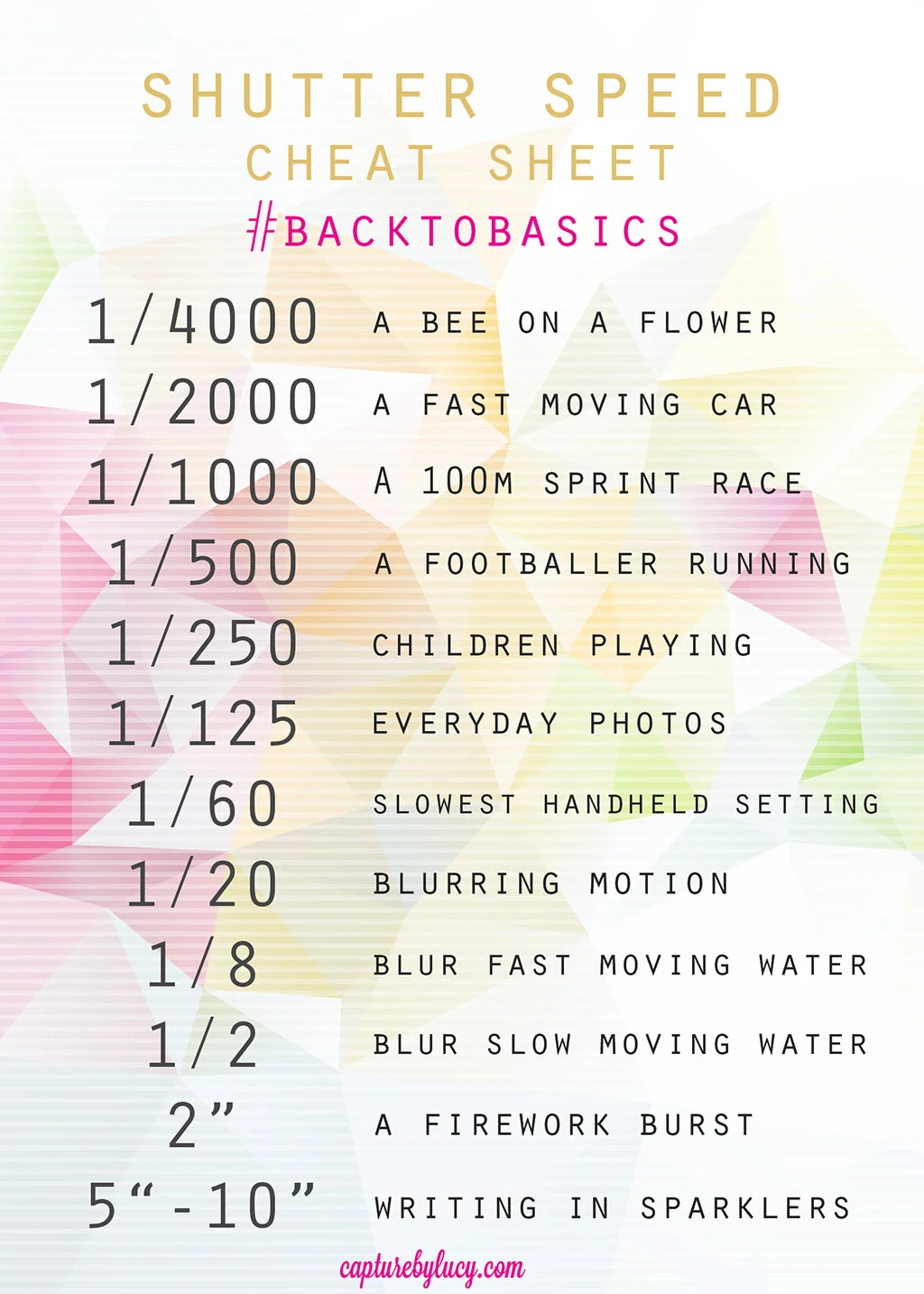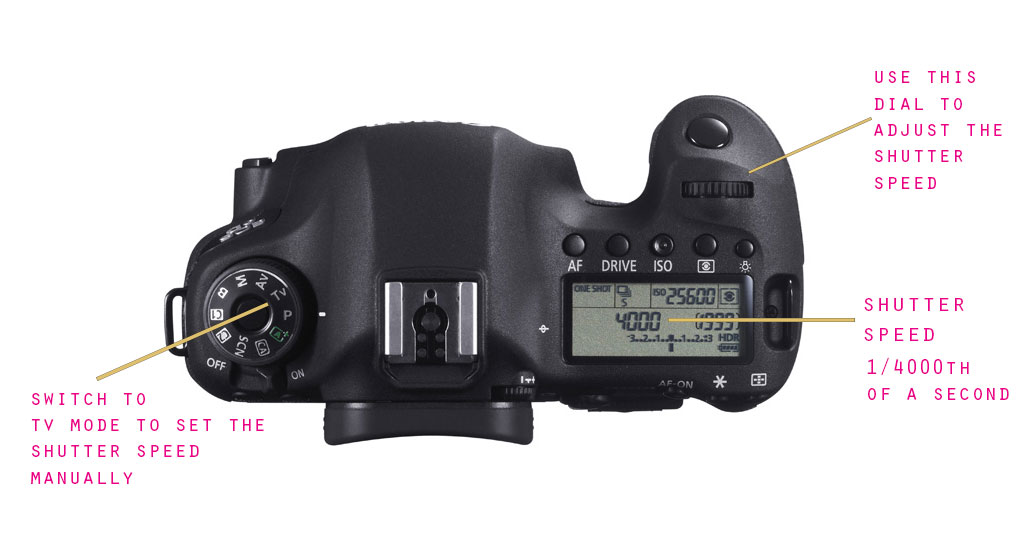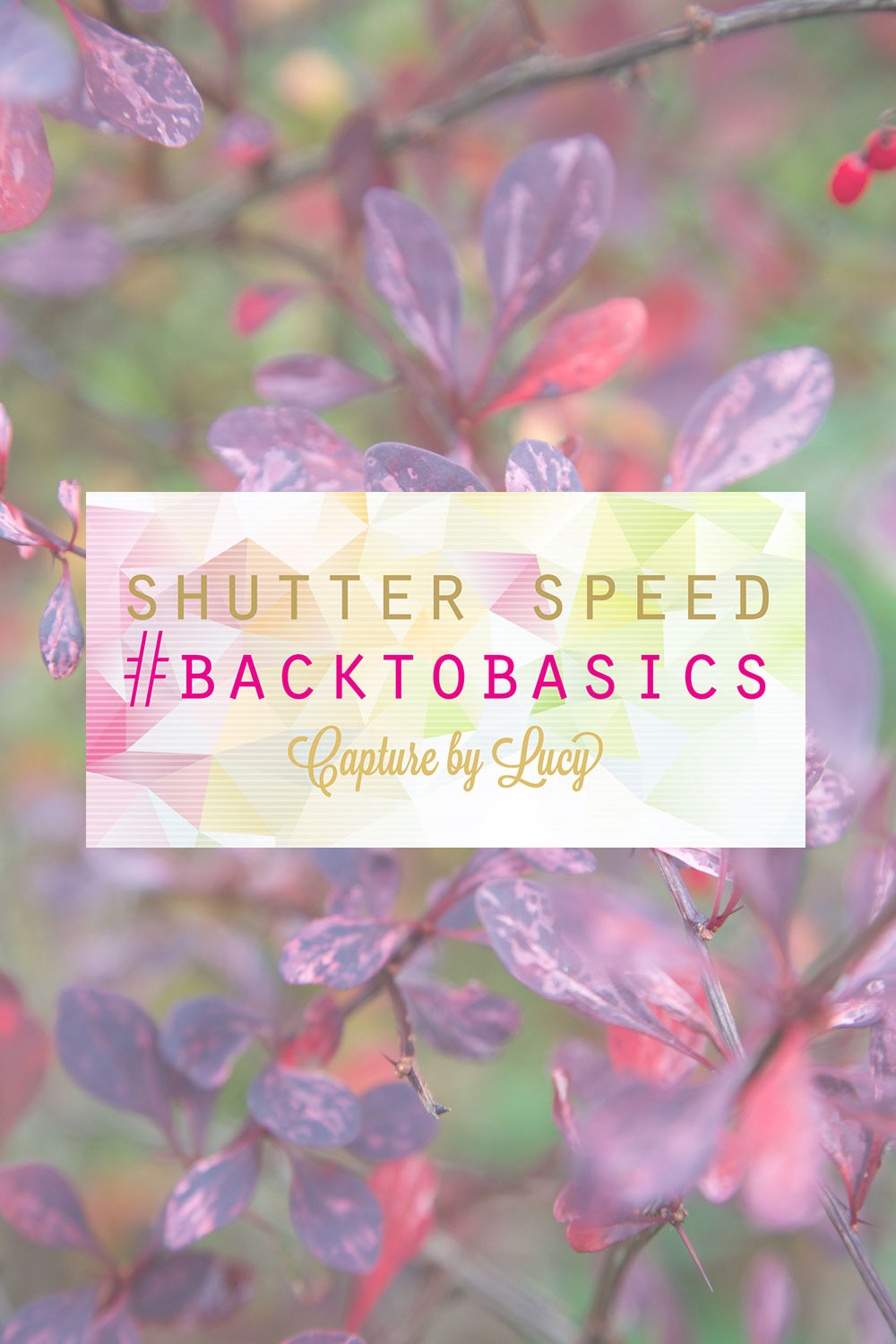What is Shutter Speed? Photography Tutorial #BACKTOBASICS
Mastering the basics of photography and building up a foundation of knowledge will change the way you take your photos.
In this #backtobasics series I want to establish the fundamental principles and then build on this base level knowledge so we all can take better pictures.
If you missed What is Aperture you can read it here, but today we are going to learn about shutter speed.
What is shutter speed?
Shutter speed gives you the control to blur a motion or freeze it. So capturing something moving that will either be in sharp focus or have a blurry appearance.
It's the function that allows you to control how long the camera shutter is open for.
The shutter acts like a curtain, it opens to expose the camera sensor to the light. The shutter speed controls how long that curtain is open for and how much light passes through the lens to the sensor.
The longer it is open, the more light that is exposed to the sensor. On a sunny day this can make your photos look whited out or overexposed, but on a dark day, you need a longer exposure to capture the subject in focus.
The button you press to take a picture is called the shutter button. This button controls the opening and closing of the shutter. So think back to your pair of curtains. You press the button to open the curtains.
How is shutter speed measured?
This is the numbers part. Because shutter speed is a length of time, it is measured in seconds. When the shutter speed is less than one second it is measured in fractions of a second.
If you set your camera to Shutter Priority or TV mode (Canon), you will be able to control the number of seconds the shutter is open for. If you shoot with a Nikon Shutter Priority is the S setting.
My camera allows me to change my shutter speed from the the fastest of 1/4000th of a second to the slowest setting of 30 seconds or 30" (The " symbol stands for seconds).
Here is a cheat sheet to help you see the range of objects you can capture, by playing with the shutter speed settings. Download and print it off here.
You will see that as the setting gets slower and the shutter is open for longer, you need to use a tripod. Your camera is sensitive to motion so particularly in lower light conditions, even the slightest hand shake can have an effect.
Remember, in darker conditions you will need a slower shutter speed. In natural daylight on a clear day a shutter speed of 1/125th of a second will be just fine for everyday photos.
I shoot with a Canon DSLR and their website has some great technical spec photos to help guide you around the camera. You find the shutter speed in the LCD Display panel.
Now lots of tutorials on the internet will talk about capturing birds in flight, but generally I take more photos of the boys than birds! One of the photos that I love taking at this time of year is of the boys in the leaves, throwing them in the air. This is when you need to adjust your shutter speed.
These photos of Ollie were taken at 4.30pm on a dark day as the natural light was fading away, and you can see that by slightly adjusting the shutter speed the leaves became a little bit blurry. If it had been earlier in the day and sunny I could have adjusted the shutter speed to 1/500th of a second and probably still have got the same effect.
I actually prefer the slightly blurred motion, not only because you can see his face, but because it shows the action!
Now at this time of year you might take a photo of your handwriting in sparklers. We do this every year and I love it.
To get the perfect shot you need:
- A tripod or a steady surface
- Set your camera to Shutter Priority or TV mode
- Set your shutter speed to between 5" (seconds) and 10"(seconds), depending on the length of your name.
- Practise!
It may take a couple of attempts but it will be worth it!
When shooting on TV or Shutter Priority mode you also have control over ISO. If you shoot on Aperture Priority the shutter speed will automatically adjust.
ISO is the final of the 3 pillars of the Exposure Triangle, the fundamental principle of photography, that I covered in the next blog post in the next #backtobasics mini series. Read it here and don't forget to subscribe to more updates.
Happy snapping everyone, and if you take a sparkler photo or have a play with your shutter speed settings, let me know, I would love to see. Come and find me on Instagram and tag me so I don't miss it!







